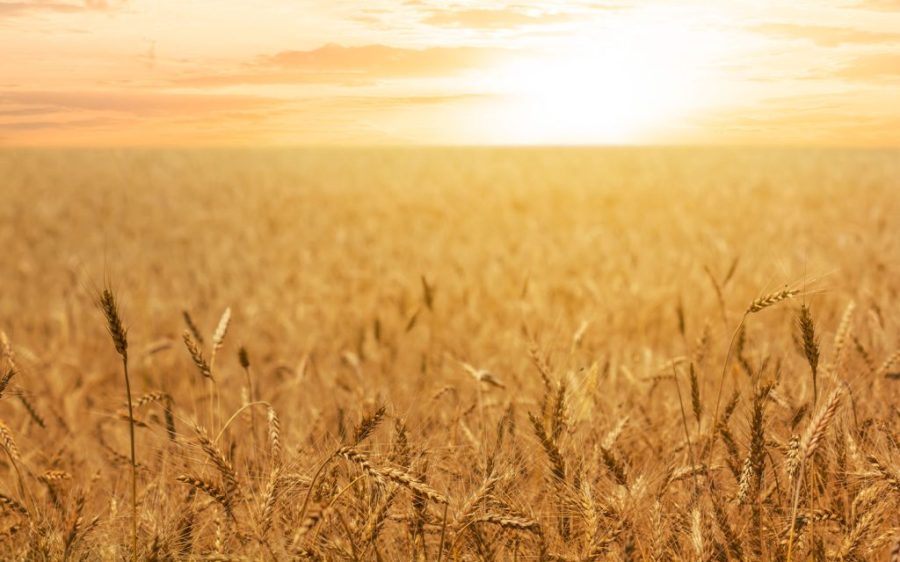Climate change is driving down yields of most major staple crops raising concerns about rising prices and food insecurity, according to a study published in the Proceedings of the National Academy of Sciences and cited by Carbon Brief.
The research uses climate datasets, modelling and national crop statistics from the UN Food and Agriculture Organization to assess crop yields and climate trends over the 50 years from 1974 to 2023 in key grain-producing areas like Argentina, Brazil, Canada, China, the EU, Russia and the US. Based on climate observations and two reanalysis climate datasets (combining observations with a modern forecasting model), they then used crop models to calculate what yields would have been with and without these climate changes.
Climate cut overall yields for barley (down between 12 and 14 percent), wheat (an 8 to 12 percent decrease) and maize (down 4 percent), with soya beans showing “significant differences” between datasets (down as little as 2 percent but as much as 8 percent). Rice proved even more inconclusive, ranging from an increase in yields of around 1 percent with one data set and a 3-percent decrease with the other.
While these figures “may seem trivial” compared to the incredible gains seen from technological advancements, improved seeds and access to synthetic fertilisers during the same period, the report cautions that such reductions can have “important ramifications for prices and food security” given growing food demand. “The overall picture of the past half-century is that climate trends have led to a deterioration of growing conditions for many of the main grain-producing regions of the world.”
According to the models, the key driver of that deterioration is vapour pressure deficit – the difference between the amount of water vapour in the air and the point at which water vapour in the air becomes saturated. Warming air holds more water, pushing that deficit higher, which can reduce plant growth and increase water stress.
[See more: Paying more for your coffee? Blame climate change for that]
Vapour pressure deficit increased in most temperate regions in the past 50 years, according to the study, something that other climate modelling simulations of the period have significantly underestimated. Many maize-growing areas in the EU, China, Argentina and much of Africa have vapour deficit trends that “exceed even the highest trend in models”, they write.
Most regions experience “rapid warming” during the study period, they found, with the average crop-growing season now warmer than over 80 percent of growing seasons 50 years ago. That means that in some areas “even the coolest growing season in the present day is warmer than the warmest season that would have occurred 50 years ago.”
The US and Canada appear to be an exception, with most maize and soya bean crop areas in the US experiencing lower levels of warming and a “slight cooling” in wheat-growing areas of the northern Great Plains and central Canada. This is likely due to a “warming hole” in the region, a still-unexplained phenomenon which has continued despite climate change.
The research also looked at whether rising CO2 levels boosted plant growth enough to offset the negative effects of climate change. While soya beans and rice enjoyed a net-positive impact of around 4 percent, yield losses for wheat, maize and barley “likely exceeded” any benefits from rising CO2 levels in the past 50 years.
Climate change sceptics have adopted the idea of CO2 fertilisation as proof that burning fossil fuels is in fact good for the environment, intentionally ignoring environmental impacts like ocean acidification, desertification and species displacement, as well as the profound impacts on humans as weather becomes more severe and less predictable.






